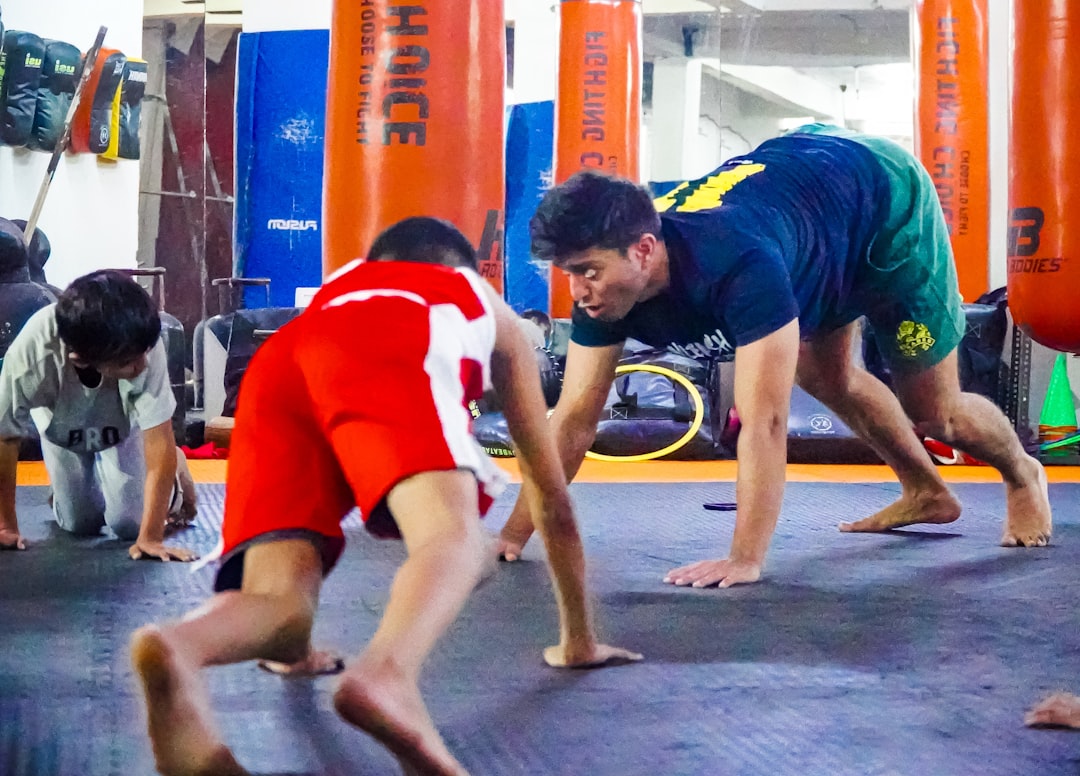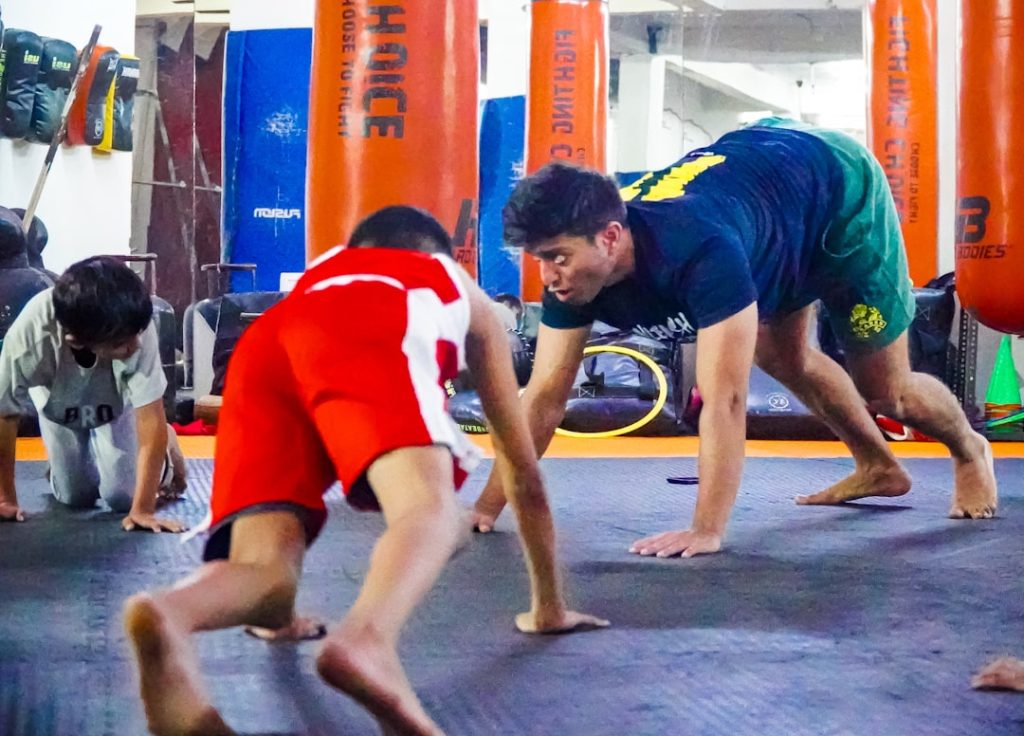When people hear the word “martial arts,” they often think about belts. White belts, black belts, and everything in between. It’s a system for tracking progress and skill. But if you’ve started learning Muay Thai or plan to, you might be wondering: *Are there belts in Muay Thai?* The answer is both simple and a little complicated.
TLDR:
Traditional Muay Thai does not have a belt system like Karate or Taekwondo. Fighters advance through experience and competition, not colored belts. However, some modern schools outside Thailand have introduced belt systems for structure and motivation. These are not officially recognized in Thailand but can help students stay motivated and track progress.
So… Do Belts Really Exist in Muay Thai?
The quick answer? No, not traditionally.
Muay Thai, or Thai boxing, comes from Thailand. It’s sometimes called “the art of eight limbs” because it uses fists, elbows, knees, and shins. Fighters in Thailand train hard and improve through fighting experience, not belt tests.
Unlike Karate or Judo, traditional Muay Thai places less focus on rank and more on skill. If you’re good, you fight. If you’re not ready, you don’t. Simple as that!

So Where Did the Belt Confusion Come From?
This confusion mostly comes from martial arts schools outside Thailand. In the West, people are used to belts. Kids ask, “When do I get my yellow belt?” For gyms teaching self-defense or fitness-focused Muay Thai, adding belts creates structure and motivation.
It’s a way to say, “Hey! You’re improving!” Even if you’re not fighting in a ring.
Some organizations outside of Thailand have introduced belt systems with colors like:
- White
- Yellow
- Orange
- Green
- Blue
- Brown
- Black
These belts show your knowledge of strikes, combos, clinches, and defense. Some even have set curriculums and testing similar to Karate or Taekwondo.
Muay Thai vs. Other Martial Arts: Why Belts Don’t Fit
Muay Thai was never built on a ranking system.
Here are a few big reasons why:
- It’s Fight-Focused: In Thailand, fighters start young and compete often. Winning fights matters more than earning belts.
- It’s Culturally Different: Thai culture doesn’t treat martial arts the same way as Japanese or Korean styles. Respect comes from experience, not rank.
- No Global Organization: There’s no central Muay Thai body like in Karate. So, there’s no universal belt standard.
So How Do You “Level Up” in Traditional Muay Thai?
Great question! Instead of belts, you gain respect and recognition through:
- Time spent training: Coaches see when you improve.
- Sparring and pad work: You get better through consistent practice.
- Fighting: If you want to, you can fight in amateur or pro bouts.
- Your attitude: Respect, discipline, and effort matter just as much.
You’ll often hear people say a fighter is “experienced” or “seasoned” instead of giving them a color level.
What About Armbands Instead of Belts?
Glad you asked!
In Muay Thai, the closest thing to a belt is the Pra Jiad (also spelled Prajet). These are fabric armbands worn by fighters. But they aren’t about rank or skill level like belts. They have historical and emotional meaning instead.
Image not found in postmetaLegend says they come from ancient times when fighters wore cloth pieces from loved ones for luck. Today, they’re often given by coaches before a fight as a sign of confidence and unity.
Note: Not all fighters wear them, and wearing one doesn’t mean you’re a Muay Thai master!
Pros and Cons of Having Belts in Muay Thai
Even though belts aren’t traditional, they do have some benefits. Let’s break it down:
Pros:
- Motivation: Students (especially kids) feel excited to reach the next level.
- Progress Tracking: Helps people see how much they’ve learned.
- Goal Setting: Easy to plan training and timelines for improvement.
Cons:
- Not Traditional: Some purists feel belts don’t belong in Muay Thai.
- Can Be Misleading: A black belt might not mean you can actually fight.
- No Universal System: Each school does it differently, so belts don’t translate between gyms.
What Does Thailand Think About All This?
In Thailand, belts in Muay Thai aren’t really a thing. If you’re wearing a colored belt, most Thai fighters and coaches will simply think, *”Cool, that must be from a Western gym.”*
Instead, they measure you by:
- Your gym reputation
- Number of fights
- Who you’ve trained or fought with
- Your discipline and work ethic
You’ll still learn plenty of technique. And you’ll definitely sweat buckets. But the reward is the skill itself, not a colored belt.
Should I Join a Muay Thai Gym with Belts?
Absolutely! As long as you know what to expect.
If you’re training for fitness, fun, or self-defense, gyms with belts can be awesome. They keep things organized and give you milestones to aim for.
If you’re serious about fighting or pursuing traditional Muay Thai, you might want to find a gym that follows Thai practices. Either way, learning Muay Thai will challenge your body and mind.
In Summary
- No, traditional Muay Thai does not use belts like Karate or Taekwondo.
- Some Western schools added belts to help with structure and motivation.
- In Thailand, fighters gain recognition by training hard and competing.
- Belts can be helpful for beginners, but they don’t define your skill.
So whether you’re rocking a white belt or no belt at all, the real key is this: Keep training, stay humble, and enjoy the journey.
Final Tip
Curious about your gym’s belt program? Just ask the coach! Every school has its own vibe, and the best one is where you feel welcome, challenged, and excited to learn.
And remember: the belt doesn’t make the fighter… the fighter makes the fighter!
